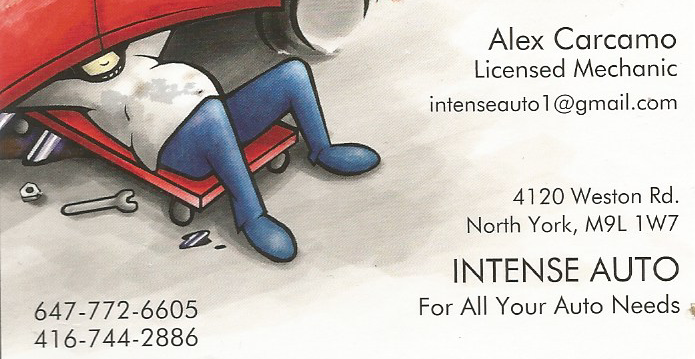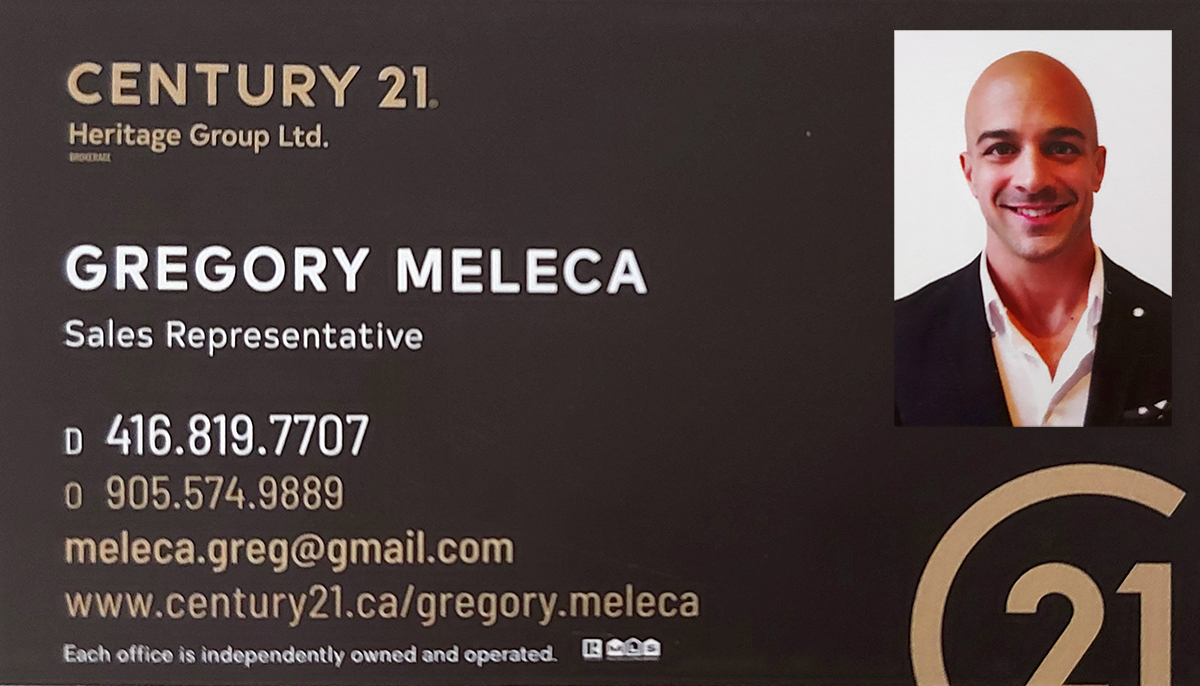Let’s take a journey back to the 1960s and explore how much public air travel has transformed over the past 60 years.
The Glamour:
Today, flying is often seen as the least enjoyable part of travel, but in the 1960s, it was marketed as a glamorous experience. Flying wasn’t just a step in your journey; it was an event. Airlines designed planes with visually pleasing color schemes, offered complimentary services, and provided spacious legroom. With the introduction of the Boeing 747 in 1969, the experience became even more luxurious. However, beneath this glamour, the “golden age” of flying had its share of issues.
The High Cost:
While today’s plane tickets can still be pricey, especially if you don’t plan ahead, flying in the 1960s was far more expensive. A flight from Boston to Los Angeles cost $106 in 1955—around $1,080 in today’s money. An international flight from New York to Paris could set you back over $3,000 one way. Airlines did eventually introduce a two-class system in 1955, but even the cheaper options were aimed at the wealthy.
Eating and Drinking:
Despite the high cost, passengers in the 1960s got their money’s worth with multi-course meals served with real silverware and tablecloths. Alcohol flowed freely, and even economy passengers were treated like royalty. However, these luxuries contributed to the high cost of airfare.
Passing the Time:
In-flight entertainment in the 1960s was quite different from today. Smoking was common, and it wasn’t until the 1970s that non-smoking sections were introduced. Passengers would also read books, magazines, and newspapers. The mid-1960s saw the introduction of in-flight movies, with 1961’s By Love Possessed being the first film shown on a TWA first-class flight. It wasn’t until the mid-1980s that personal audio players became available.
Accidents:
Many would argue that flying today is safer than ever, but in the 1960s, plane accidents were more common. In 1960, U.S. air carriers saw 7.9 accidents per 100 million miles. Turbulence was so severe that passengers could suffer neck injuries, and pilots were not as well-trained as they are today.
More Relaxed Security:
Security was much more relaxed in the 1960s. Passengers could arrive just before their flight without showing ID, and friends and family could accompany them to the plane. While this sounds appealing compared to today’s security procedures, the lack of stringent security measures contributed to an increase in hijackings, with the U.S. seeing one hijacking every six days in 1969.
Flight Attendants:
By the mid-1930s, women had become the primary flight attendants, a trend that continued into the 1960s. Unfortunately, these women were often hired based on appearance and were targets of sexism. Their duties were focused on cleaning and serving, with safety being a lesser concern until the 1970s. Flight attendants could even be fired for getting married or having children.
Getting Dressed Up:
Today, passengers usually dress for comfort, but in the 1960s, flying was considered a luxury, and passengers were expected to dress accordingly. Airlines like Pan Am, which epitomized high-class air travel, encouraged patrons to wear their best clothes as if they were dining in a high-end restaurant.
Pan Am:
Few airlines represented the glamour of 1960s air travel like Pan American World Airways. Peaking during this decade, Pan Am was known for its efficiency and innovation. In 1958, it became the first U.S. airline to fully embrace the jet age, flying passengers from New York to Paris in just eight hours. However, despite its early success, Pan Am struggled financially in the following decades and ceased operations in 1991.
Inequality in the Air:
The so-called “golden age” of flying was not golden for everyone. Segregation and discrimination were rampant, and people of color were often excluded from the luxury of air travel. However, the 1960s did see some progress, with Ruth Carol Taylor becoming America’s first African-American flight attendant in 1958 and David E. Harris becoming the first African-American pilot for a commercial airline in 1964. Despite these breakthroughs, the industry still had a long way to go in achieving equality.





